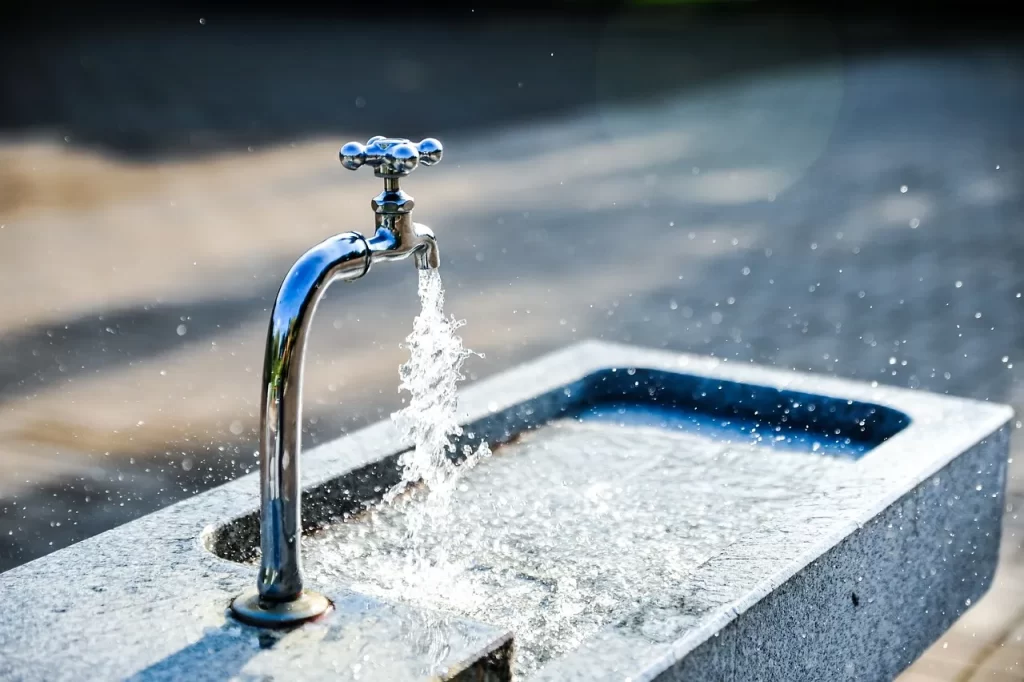Nearly 10 years after the federal government promised to end long-term boil-water advisories in First Nations communities, the pledge remains unfulfilled. In Neskantaga First Nation—home to the country’s longest-standing advisory—plastic water bottles continue to pile up as residents mark 11,035 days without safe tap water.
Located over 400 kilometres northeast of Thunder Bay, Neskantaga has been under a boil-water advisory since 1995. Despite significant federal investments in water infrastructure since 2015—totaling $4.61 billion and the lifting of 147 long-term advisories—new advisories continue to emerge. In 2025 alone, four new boil-water notices have been issued, and none have been resolved, bringing the current total to 35.
Chief Gary Quisess describes the water bottle buildup as overwhelming, reflecting a broken federal promise first made by Justin Trudeau during the 2015 election campaign. At a town hall that year, Trudeau publicly committed to ending all boil-water advisories within five years—a pledge that proved overly ambitious. By 2020, dozens of advisories remained, and the government quietly abandoned the timeline without setting a new one.
In 2021, the federal government reached a $1.8-billion settlement with Neskantaga and other First Nations affected by long-term advisories. It included funding for infrastructure, compensation, and a legislative proposal—the First Nations Clean Water Act—aimed at recognizing access to safe drinking water as a basic human right. The bill stalled when Parliament was prorogued in January 2025.
Grand Chief Linda Debassige of the Anishinabek Nation, representing 39 First Nations in Ontario, expressed frustration over the federal government’s lack of urgency. “Canada’s priorities always seem to be elsewhere when it comes to First Nations issues,” she said.
Liberal Leader Mark Carney has promised to enshrine the human right to clean drinking water for Indigenous communities into law. Meanwhile, Conservative Leader Pierre Poilievre has proposed a new tax model allowing First Nations to collect direct revenues from resource companies to fund their own water and infrastructure needs.
In Neskantaga, hopes now rest on a letter of commitment received by former Chief Chris Moonias earlier this year. It outlines plans to design and construct a new water treatment facility, alongside a pledge to address multiple deficiencies in the current system. While officials from Indigenous Services Canada (ISC) say $31.5 million has already been invested in upgrades and operational support, residents say that temporary fixes can’t meet the growing community’s long-term needs.
The federal department is also funding a “Trust the Taps” initiative—a community-led effort to provide mental health support and rebuild confidence in the water system. But the trauma caused by three decades of broken promises runs deep.
“There is trauma and mental health issues associated with this,” said Moonias, emphasizing that even if clean water returns, restoring trust will take far longer.
Originally published on Weekly Voice

